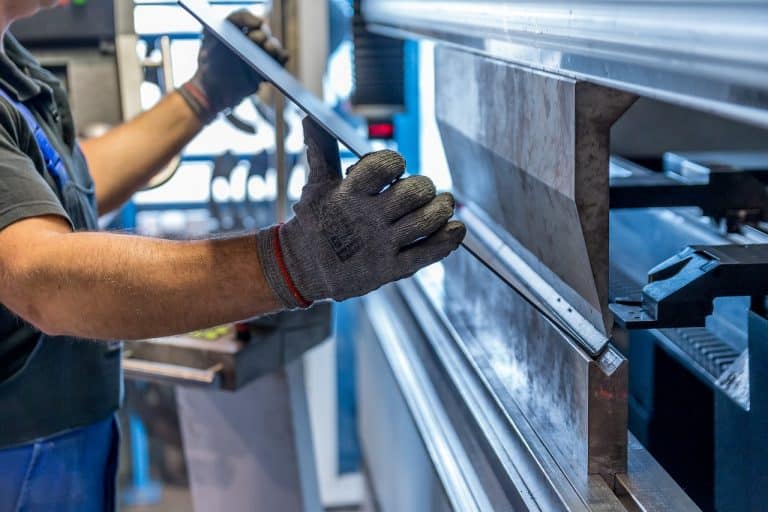Best Desk Stretches for Office Workers

Office workers tend to sit at their desk all day due to the nature of their work and according to a survey in 2018, it was found that eight in 10 office workers spend between four and nine hours a day sitting at their desks – equating to around 67 sedentary days per worker annually. A sedentary lifestyle is unhealthy and is constantly advised against, as it could lead to or worsen several health concerns. This includes obesity, diabetes, heart disease, and deteriorating health generally.
However, while you may unavoidably have to spend more time at work, you can still be physically active and keep up with a healthy lifestyle. There are stretches for office workers that you can partake in to engage your muscles and improve your physical and mental health.
There are also several exercises to do at work while standing, which would be much more effective if you have a standing desk. This will help limit how much time you spend sitting and also give you the chance to get your muscles active and working to improve your health.
This article highlights some of the best workplace stretches that you can engage in:
1. Chest Stretch
The chest stretch exercise is important especially if you hunch forward every time at your desk, which is quite common for most office workers. It helps to lengthen the chest muscles, which puts your body in a more comfortable position to relieve upper back pain and also help you to breathe properly.
There are different ways to perform the chest stretch exercise and this includes doing the corner stretch, standing while you stretch, doing an above-the-head chest stretch, and performing a door chest stretch.
Corner Stretch
To do a corner stretch, stand in a corner and put one foot forward with your legs slightly bent. The foot forward should be the one on your dominant side, that is if you write and work with your right hand, your right foot should be forward. Ensure you keep your back straight and your shoulders squared for maximum effects. Now, place your hands on each wall of the corner and keep them 2 to 3 feet apart. With your hands flat on the wall and your legs in place, lean into the corner as much as you can with your dominant leg bent. Maintain this position for a while and repeat the process.
Standing While You Stretch
Stand upright with your feet shoulder-width apart and lock your hands behind you while placing tension on your muscles. Now, push your arms up while your hands are still locked behind you and maintain the position for a while before relaxing and repeating it.
The Above-the-head Chest Stretch
You can do this whether you are standing or sitting upright. Keep your feet shoulder-width apart and clasp your hands behind your head. As you do this, push your elbows towards the back such that your shoulder blades are squeezed to apply more pressure on the chest muscles. Hold the stretch for some seconds and repeat.
Door Chest Stretch
Stand in the doorway with one arm pressing against the frame and one foot in front of the other. Lean forward until you feel a stretch in the chest. Maintain the stretch for a while and then, repeat.
2. Upper Back Stretch
Upper back stretches benefit the body in many ways, but most importantly, it helps strengthen the muscles of the upper back and also decreases the risk of muscle damage and tension.
There are several ways to perform the stretch but the end result is to stretch the muscles of the upper back and you can do that whether you’re sitting or standing. You can pull your shoulder blades together, which will thrust your chest forward and help contract the upper back muscles. You can also rotate your head down, as it applies pressure on the back muscles
3. Neck Stretch
Many office workers don’t get the right sitting posture and end up sitting at their desk with a slouched neck. With a neck stretch, you can get into the habit of constantly stretching your neck muscles to reduce the risk of neck pain or strain and also help you maintain a correct posture.
To perform a neck stretch, keep your back straight and slowly turn your head to one side until you can feel a stretch in your neck and shoulder. You can also grab the arm of your chair, on one hand, to add resistance as you tilt your head in the opposite direction.
4. Seated Hip Stretch
You can also exercise your hip muscles and glutes while sitting, especially after sitting for a long time. This will help relieve the pain and tension in the muscles and can also help you to sit more comfortably.
To do this, cross your right ankle over your left knee and sit upright to get into a proper posture. Now, try to lean forward slowly, with your back still straight, and don’t stop until you feel a stretch in your hips and glutes. Hold that stretch for a while and return to your sitting position.
The Bottom Line
Performing stretches at your standing desk might not give you all the benefits you would expect from a full-blown workout but it sure goes a long way. It can help improve flexibility, make you feel good and less tired, and also refresh you after long hours of working. You can stand or sit while performing any of these stretches and engage your muscles.
The great part about this is that you don’t necessarily have to create extra time to stretch. You can do it any time, even while actively working, and it can also be done several times a day. You do not need any gym equipment to get started. Take advantage of this and incorporate it into your work lifestyle if you spend many hours sitting all day at work. You can reduce your risk of musculoskeletal pain and also cut down on a sedentary lifestyle by performing standing stretches.




